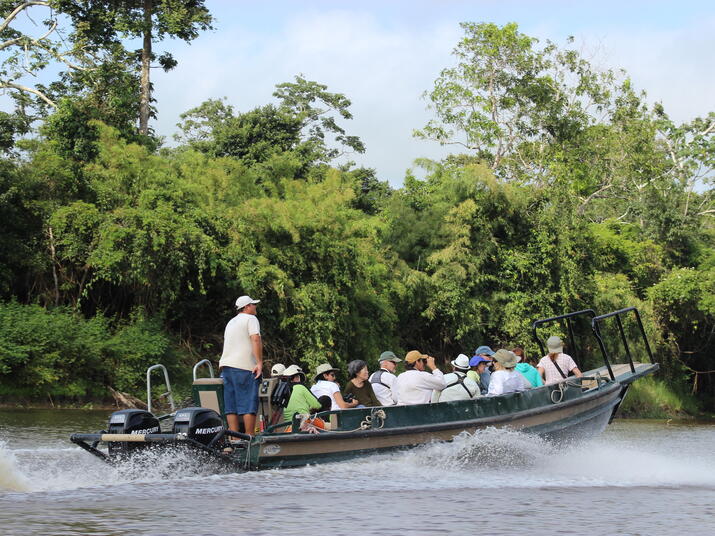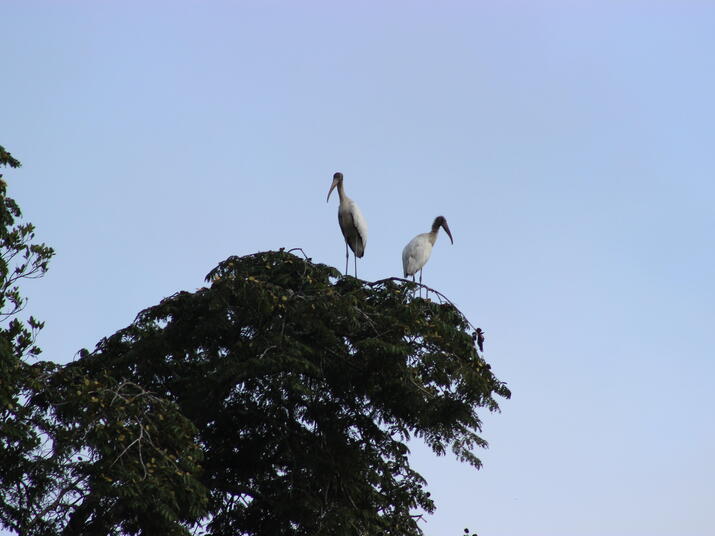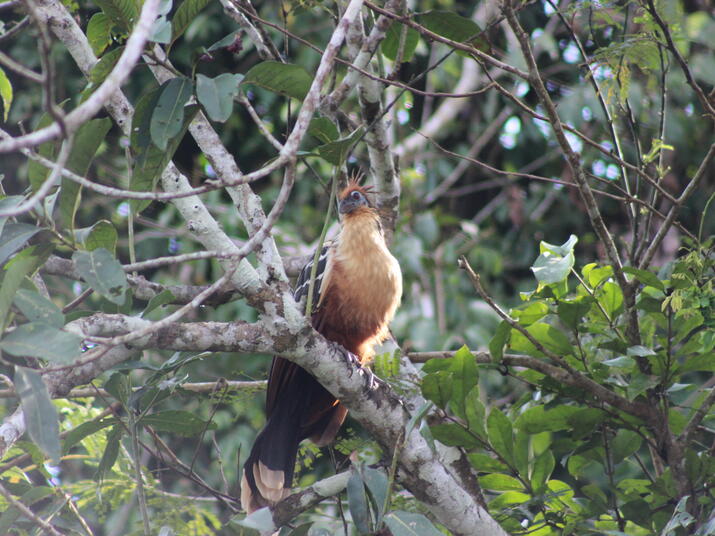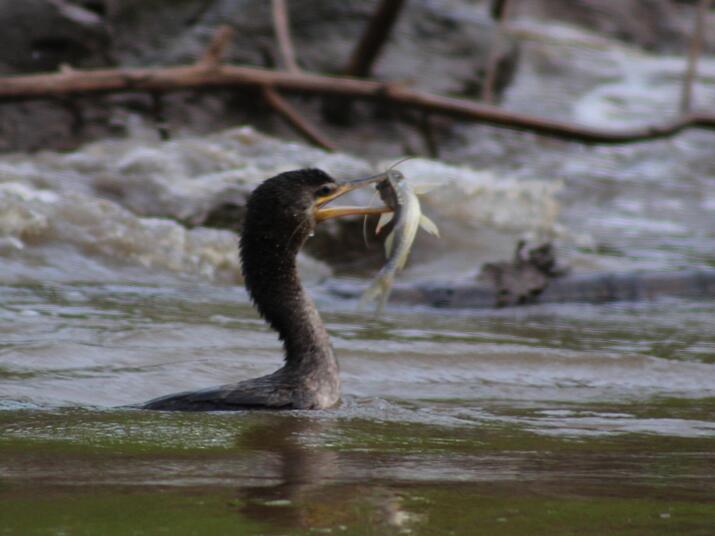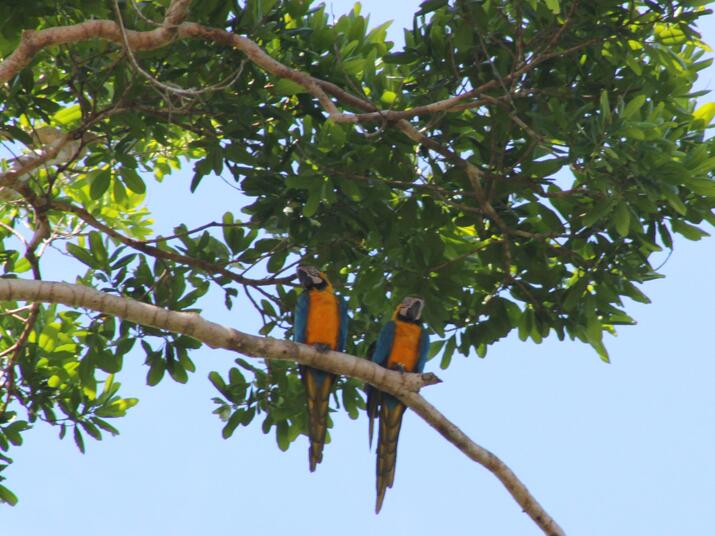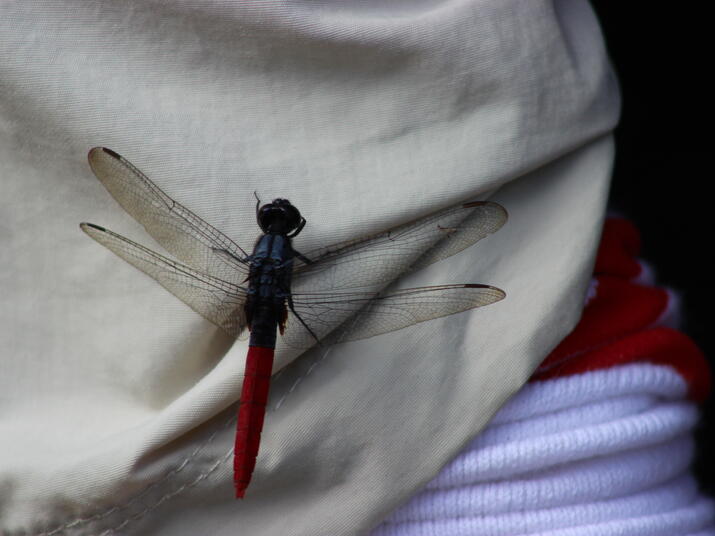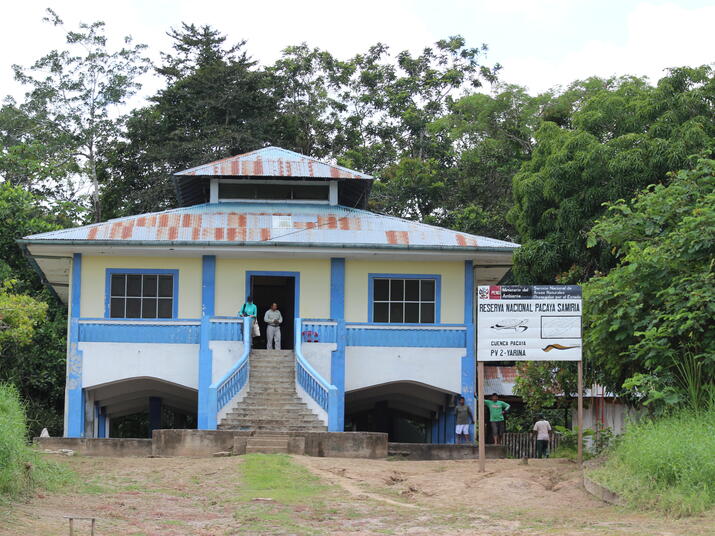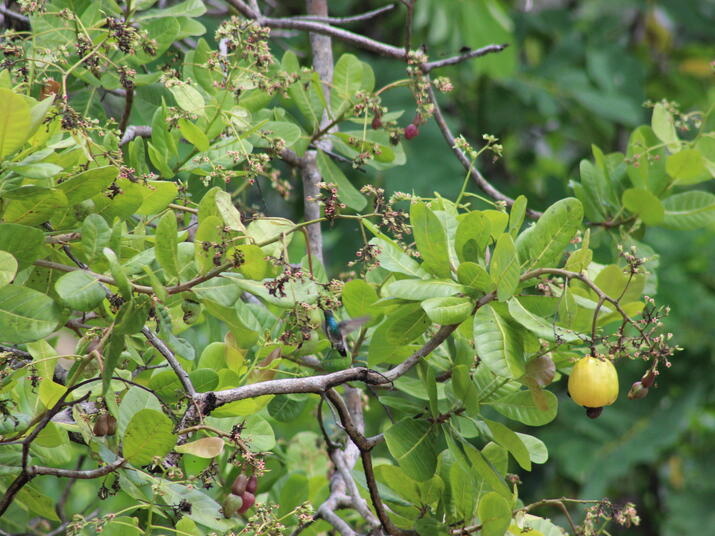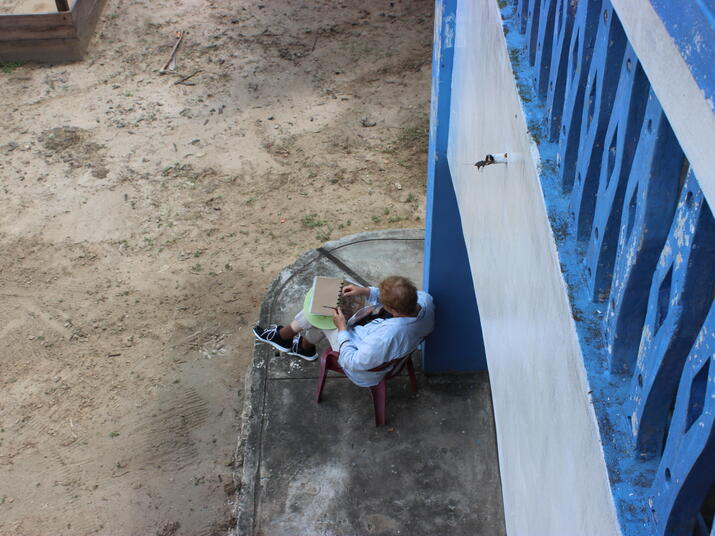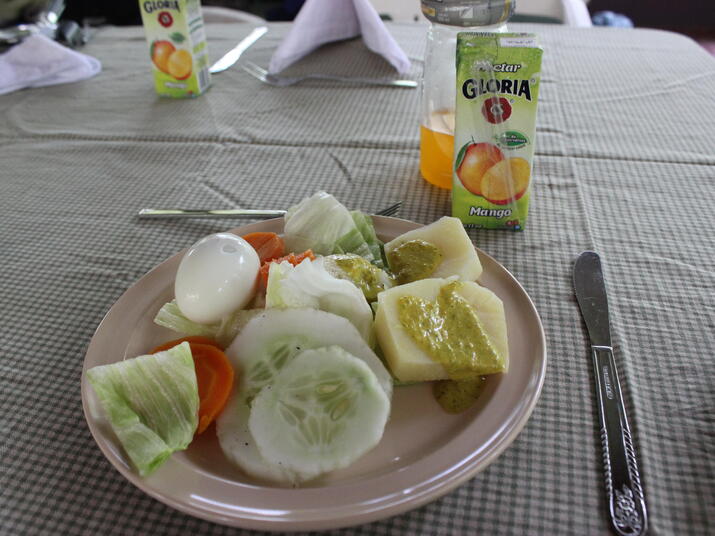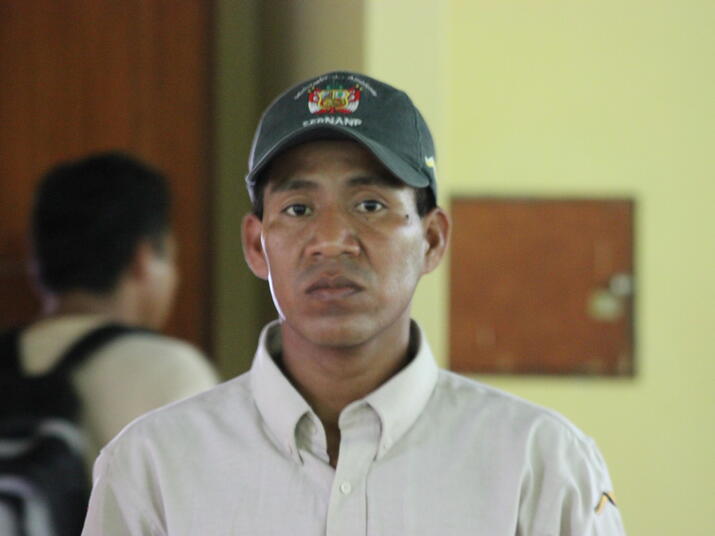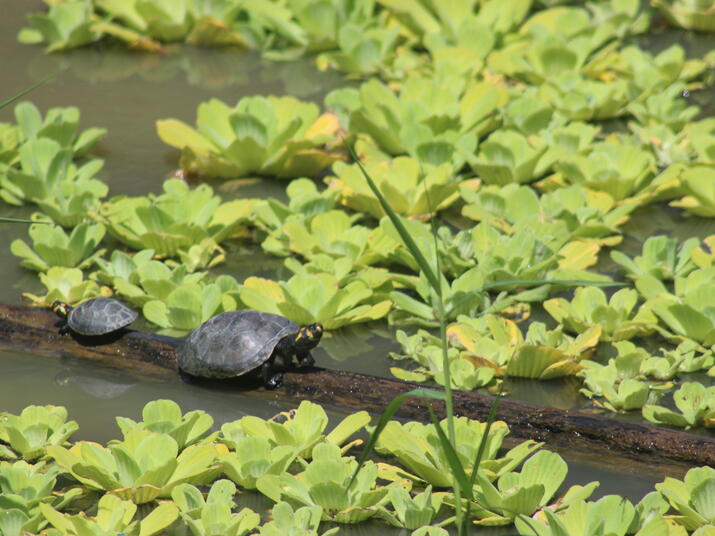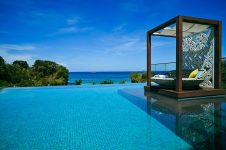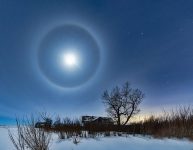Photo Diary: A Morning in the Amazon | Blog Posts
3 min read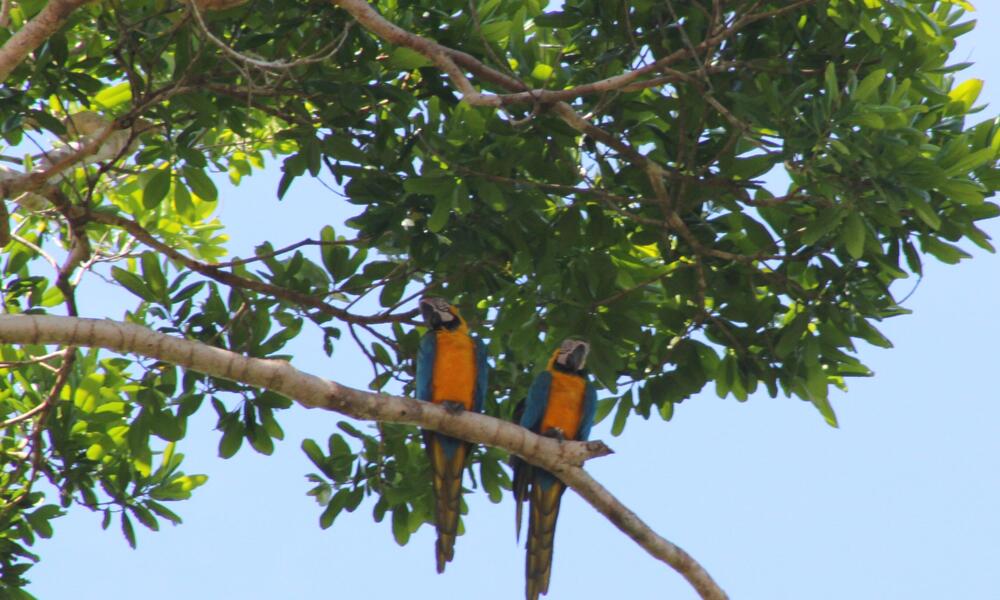
-
Date:
05 December 2013 -
Author:
Elissa Leibowitz Poma, WWF Travel
The fourth day of our Great Amazon Voyage presented a special treat: a visit to the largest reserve in Peru. Compared to the Amazon River basin closer to the city of Iquitos, the difference in wildlife and trees found in the Pacaya-Samiria National Reserve was considerable. Thicker trees and of more variety. Dozens of bird species popping up at a moment’s notice. More mammals and fewer humans.
Spend the morning in the reserve with us during this slideshow diary.
